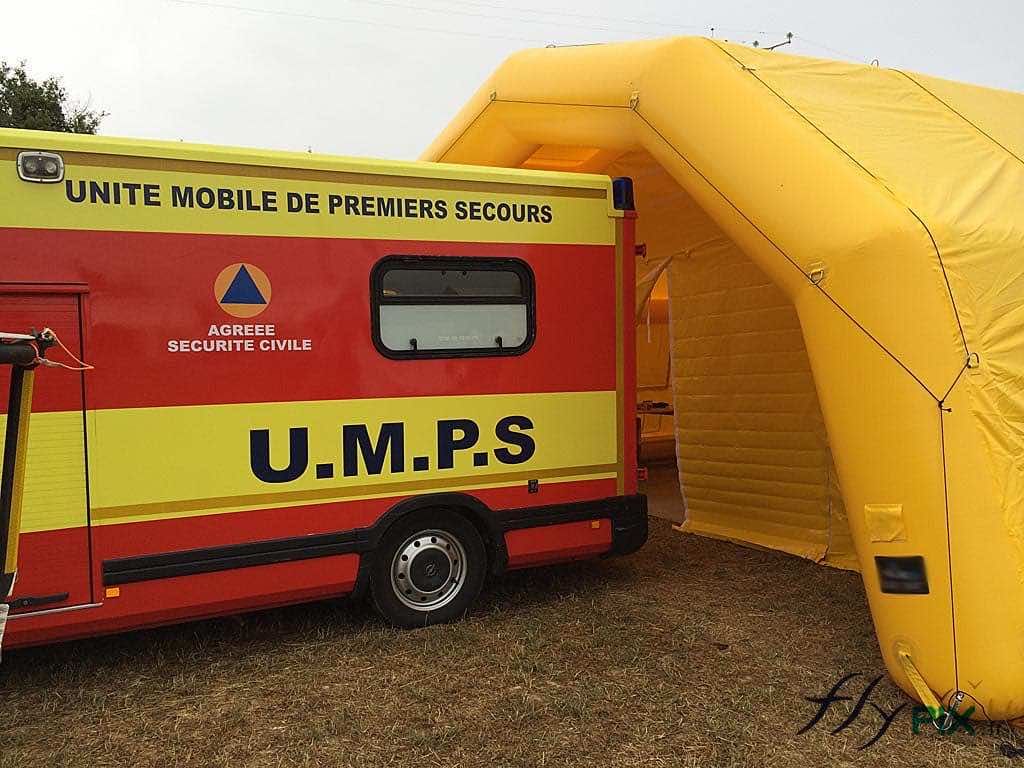Inflatables medical tents stations, mobile sheds and first aid CBRN shelters
Custom-made and available in various sizes and surfaces. Discover and read our latest articles on our latest achievements for first aid inflatable tents.
Why use mobile inflatable shelters, tents and inflatable sheds for first aid and field hospitals ?
- Portability and Logistics: Mobilizing Medical and Military Solutions
- Rapid Deployment: Speed as a Lifesaver in Emergency Response
- Containment Capabilities: Halting Contagion in Its Tracks
- Decontamination Efficiency: Neutralizing CBRN Threats and Pathogens
- Versatility in First Aid and Field Hospitals: Adapting to Diverse Needs
- Protection Against Viral and Bacterial Spread: Safeguarding Patients and Personnel
- Durability and Resilience: Withstanding Harsh Environments
- Military Applications: Tactical Advantages in CBRN Scenarios

Outpost medical inflatables tents, field hospitals, first aid inflatable shelters and sheds
Inflatable first aid tents used to accommodate, rescue, protect, and rescue refugees and migrants in distress on makeshift boats. Lightweight inflatable first aid tents used for rapid field deployment of hygienic and modular inflatable shelters, easily transportable and deployable. This type of shelter is very versatile and can respond to many types of emergency situations. First aid stations or field hospitals designed to accommodate sick people or victims of road accidents, natural disasters, or terrorist attacks. Custom-made by us in France.

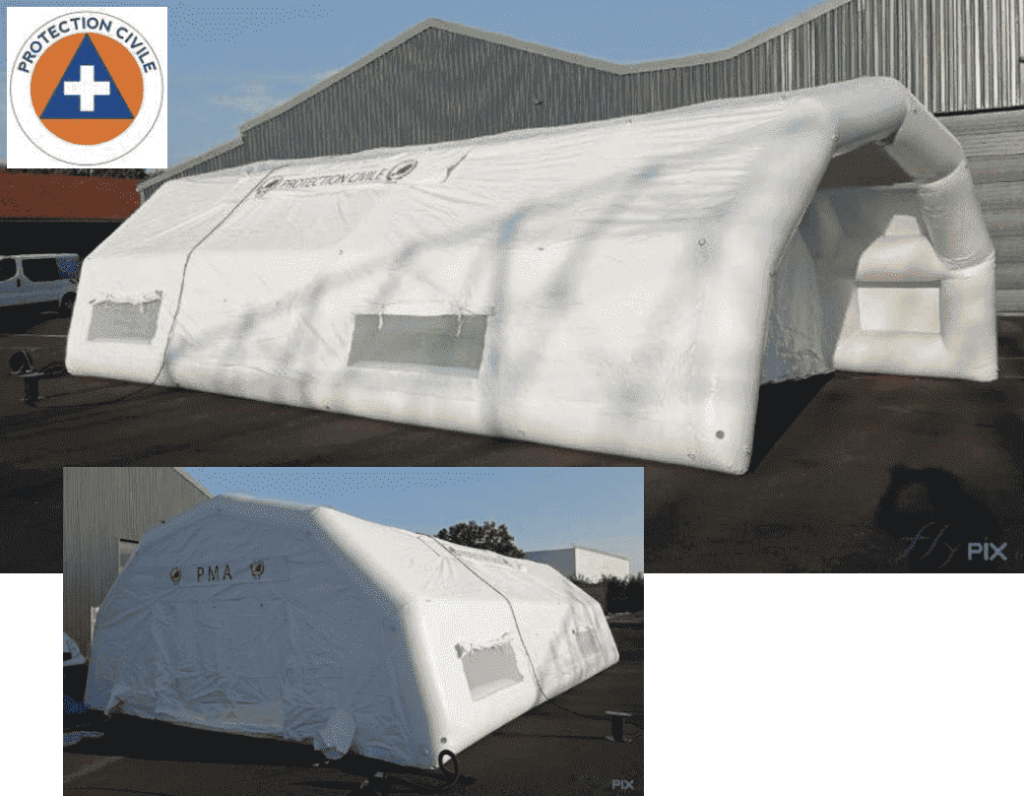

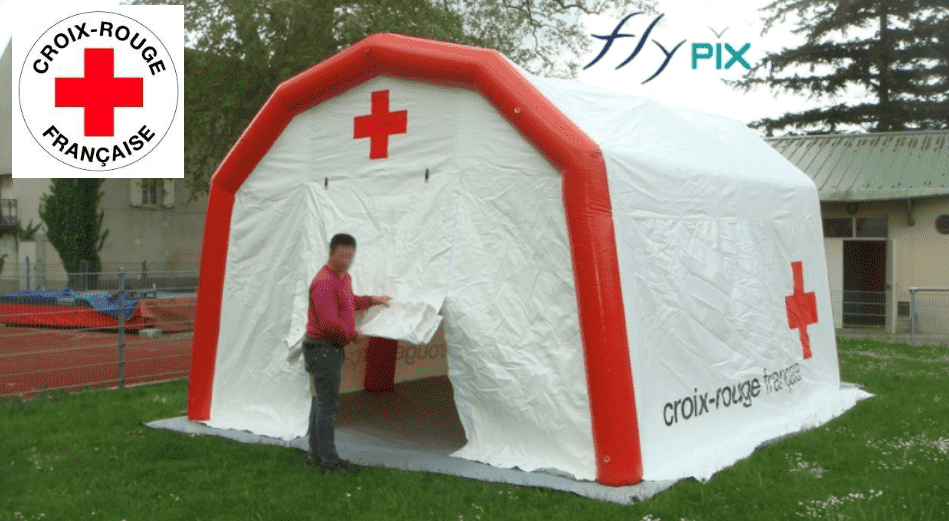
Inflatable decontamination and confinement tents & CBRN military and safety uses
These lightweight, rapidly deployable inflatable structures are revolutionizing emergency medical care, military operations, and containment efforts, offering unparalleled flexibility and protection. From first aid stations to large-scale field hospitals, they provide a bulwark against contagion, a shield for those affected, and a tactical advantage in hostile environments. Through the integration of advanced materials and engineering, these structures mitigate risks, improve patient safety, and enhance operational efficiency. Inflatable tents are essential solutions and responses for protection against viral and bacterial threats, their resilience in extreme conditions, and their strategic value in CBRN contexts. Inflatable shelters play a fundamental role in first aid, field medicine, and military operations, and their importance is growing in the era of pandemics and asymmetric warfare.
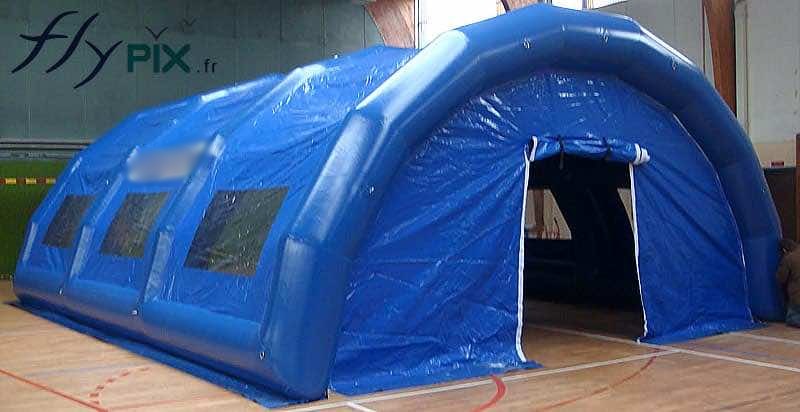
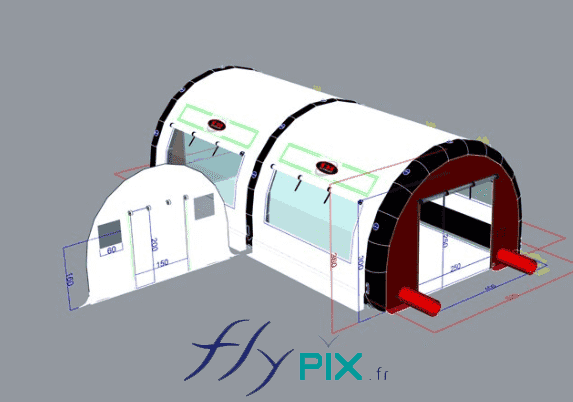

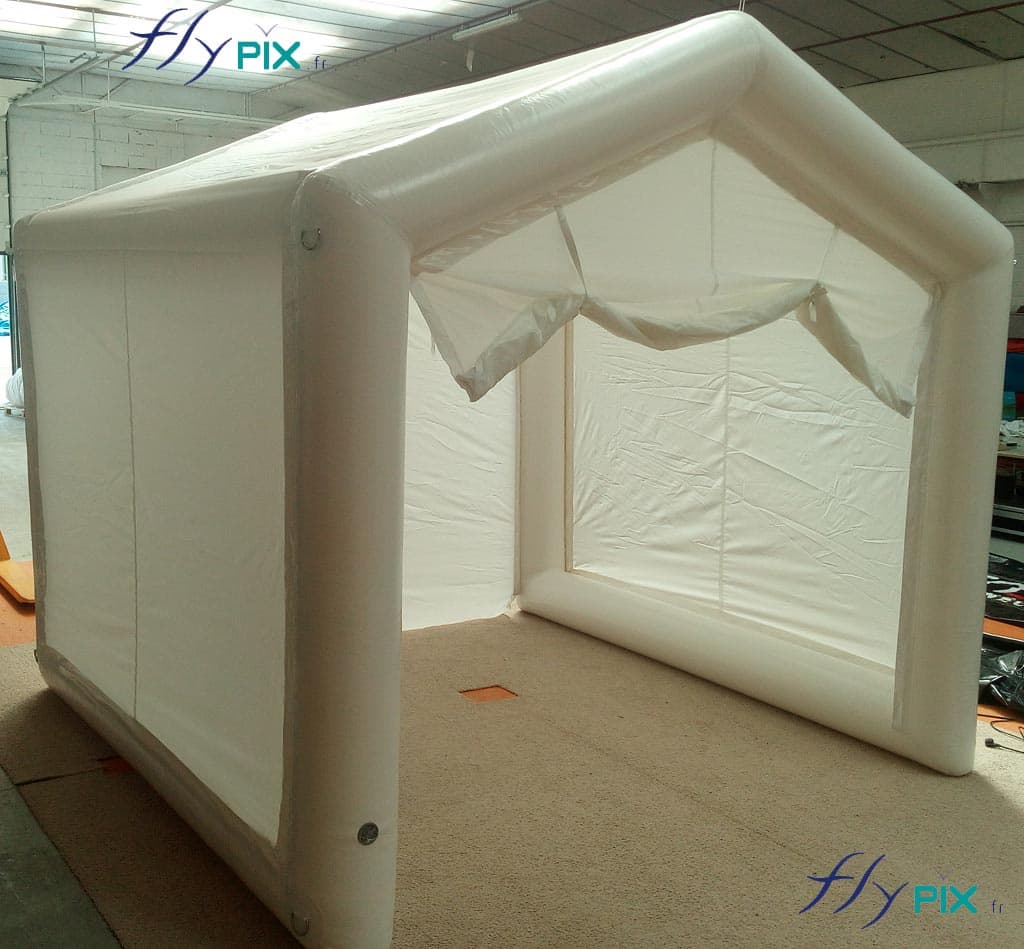
- See examples : Inflatable decontamination tents & CBRN military uses
Storage mobile inflatable tents station, for the storage and maintenance of medical equipments
We offer mobile and efficient solutions using inflatable tents or shelters made of padded double-skin PVC for the storage or maintenance of medical equipment or medical vehicles. Easily deployed and transportable, inflatable storage sheds provide large, usable interior spaces and volumes. Very often, inflatable storage shelters are made of a padded double-skin PVC envelope to optimize the strength and structural robustness of the inflatable structure, so that it can protect medical equipment, medical devices or medical machines from bad weather, dust and the external environment (rain, wind, snow, etc.). It is possible to deploy a PVC cover on the ground to isolate the equipment from the ground, humidity and dirt, by placing your own technical floor over the cover. These types of inflatable shelters are very versatile and can also be suitable for the maintenance and repair of machines, military vehicles, aircraft, engines, etc.
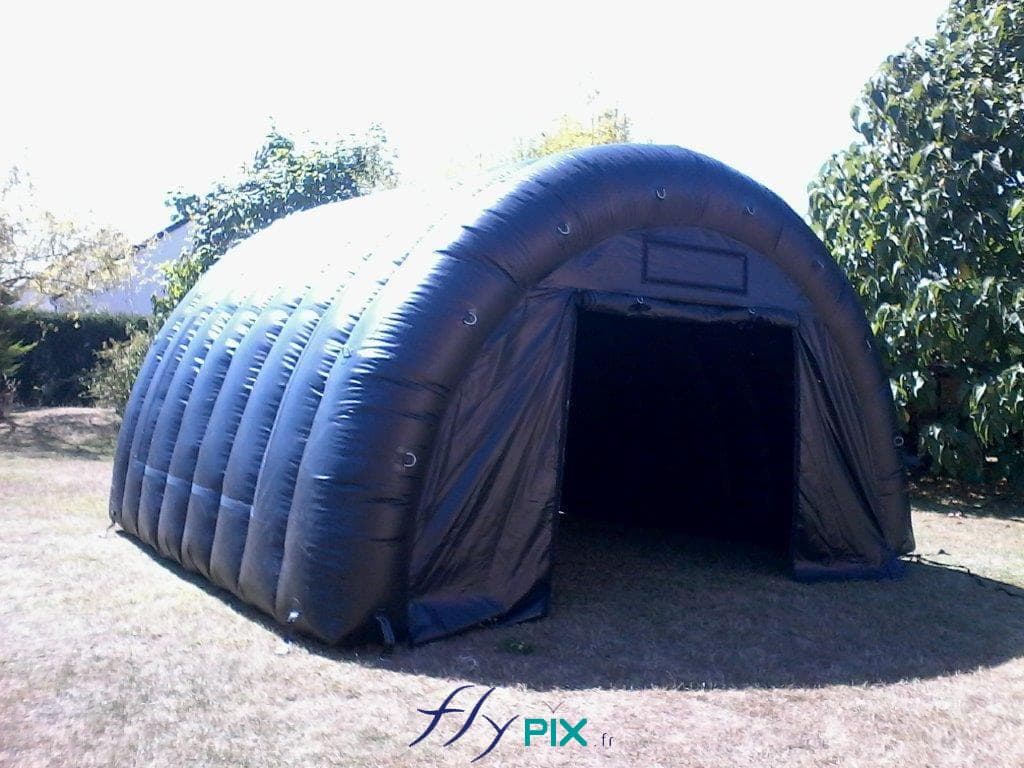

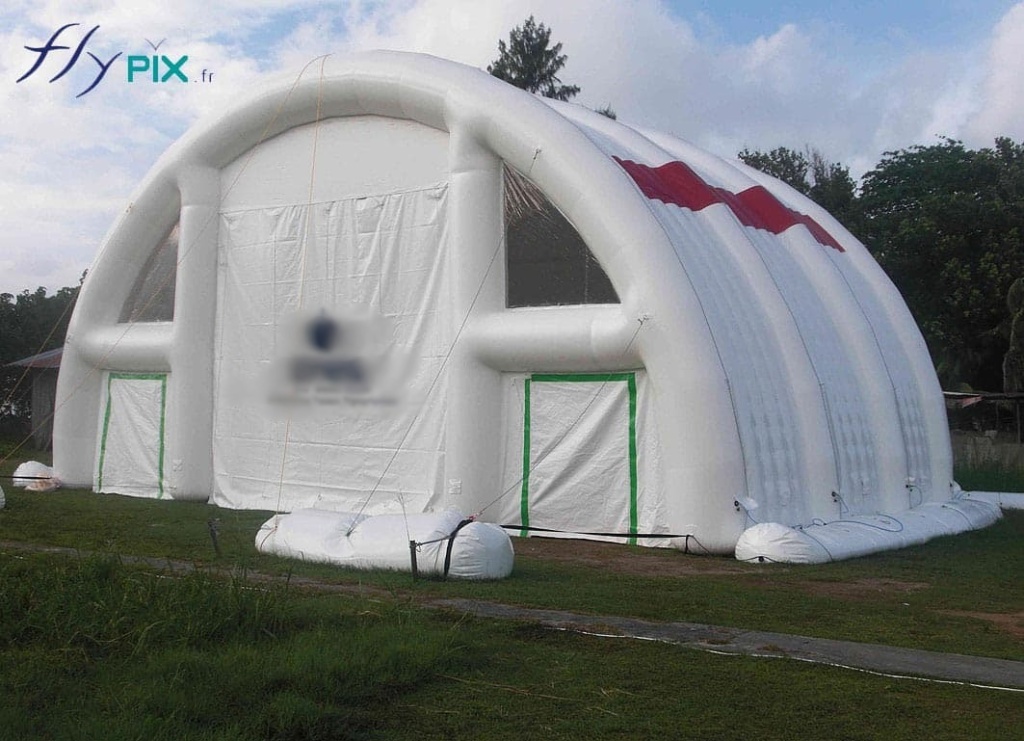
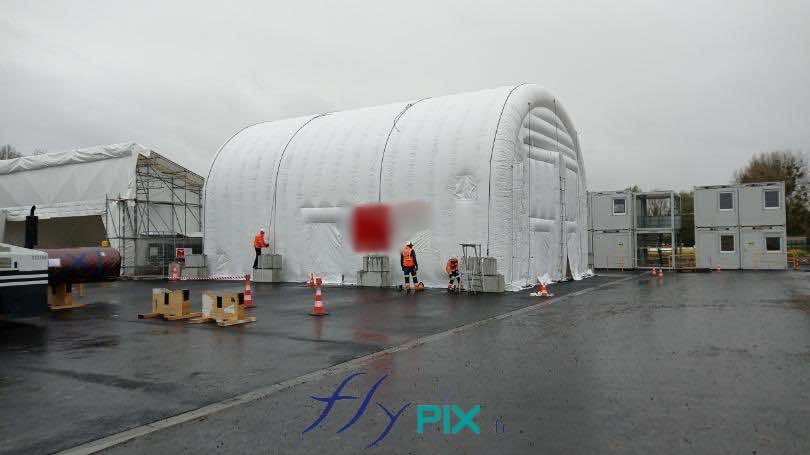
- See examples : Inflatable mobile shelters or sheds for storing medical and first aid supplies and resources

PVC Envelope Structures
- Composed of high-strength polyvinyl chloride fabric, resistant to extreme weather and chemical threats.
- Lightweight yet durable, ensuring rapid deployment with minimal logistical burden.
- Capable of integrating insulation and reinforcement for enhanced protection.

Air-Captive Inflatable Hangars
- Utilizes sealed air chambers to provide structural integrity without requiring constant air supply.
- Suitable for high-security storage due to their resilience and rapid self-sealing capability.
- Often reinforced with internal frames to support heavier loads and external environmental pressures.


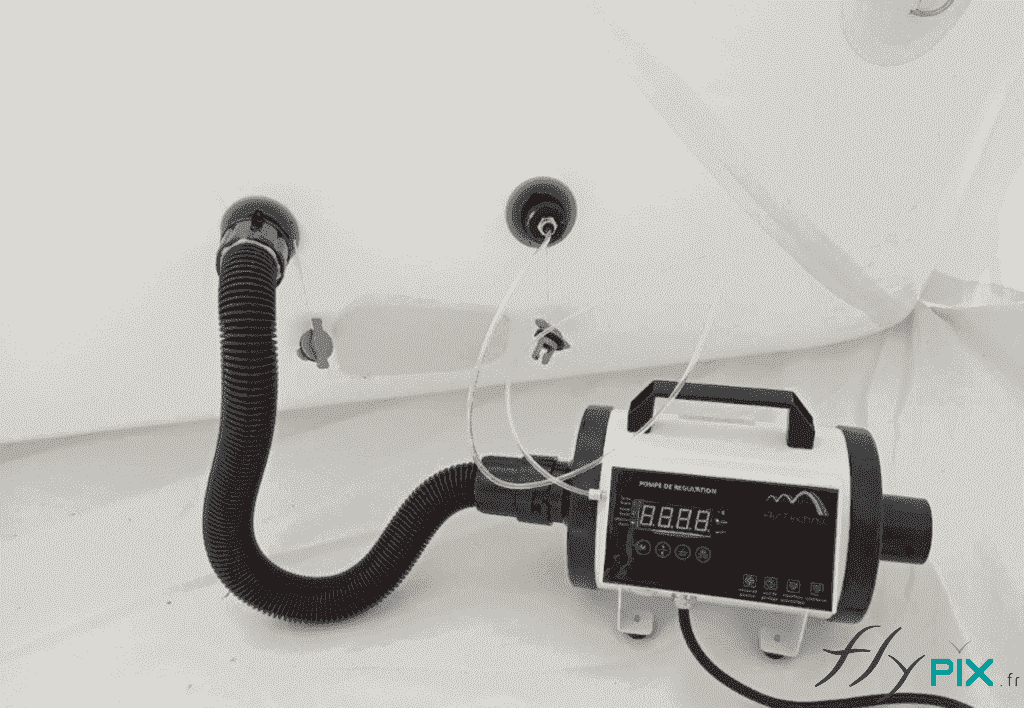
Ventilated Inflatable Shelters
- Designed with continuous air circulation to maintain internal pressure and structural form.
- Ideal for accommodating personnel, medical facilities, and long-term operational sites.
- Provides thermal regulation and improved air quality for enclosed workspaces.
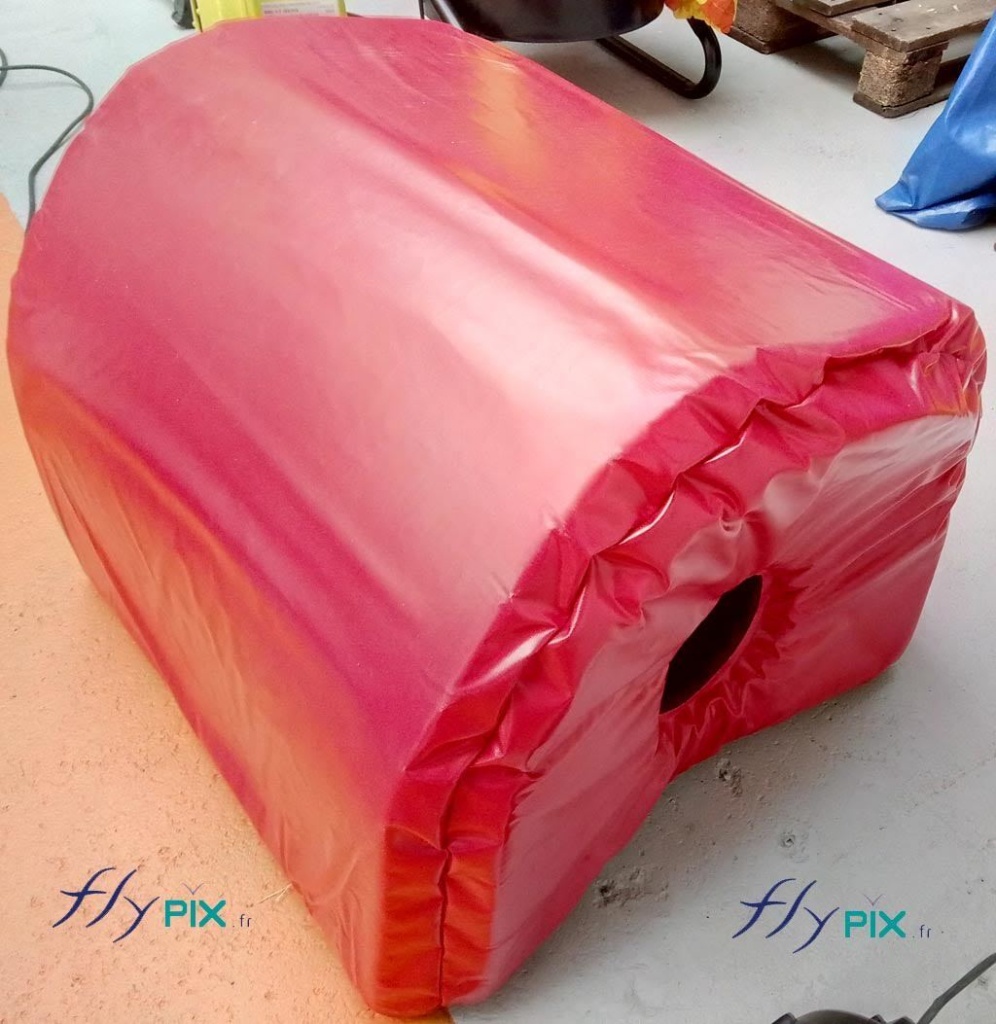
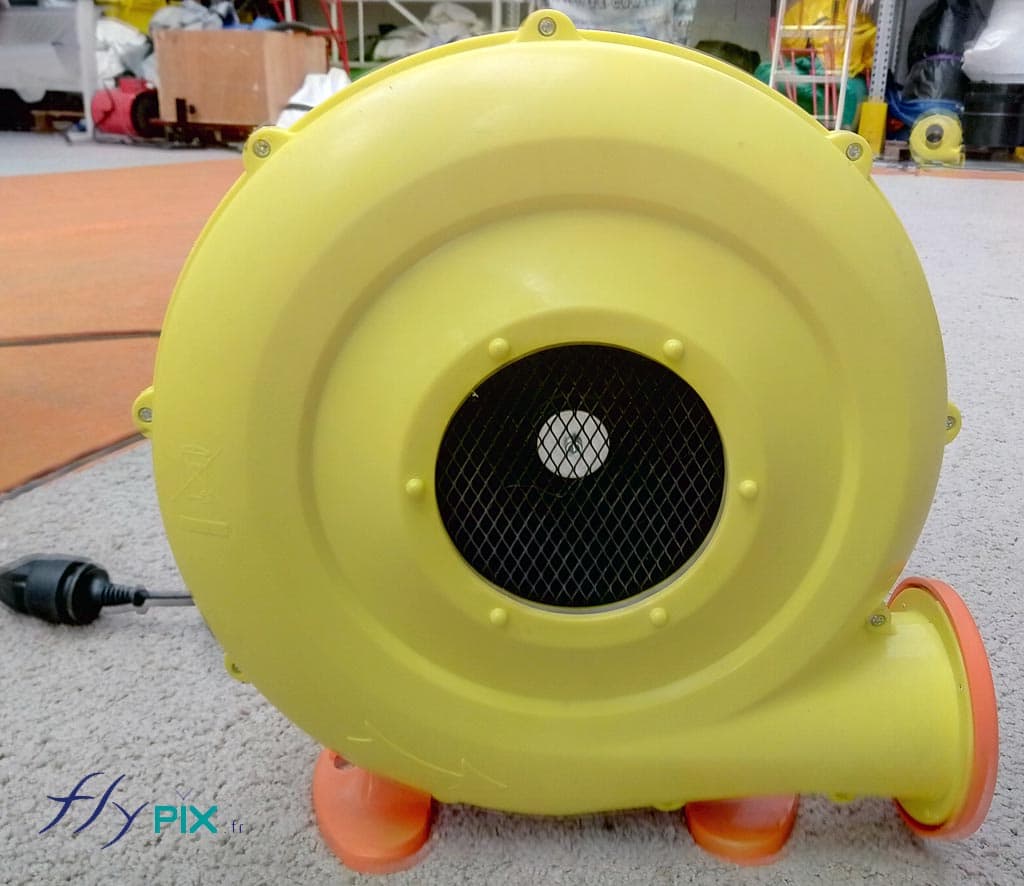
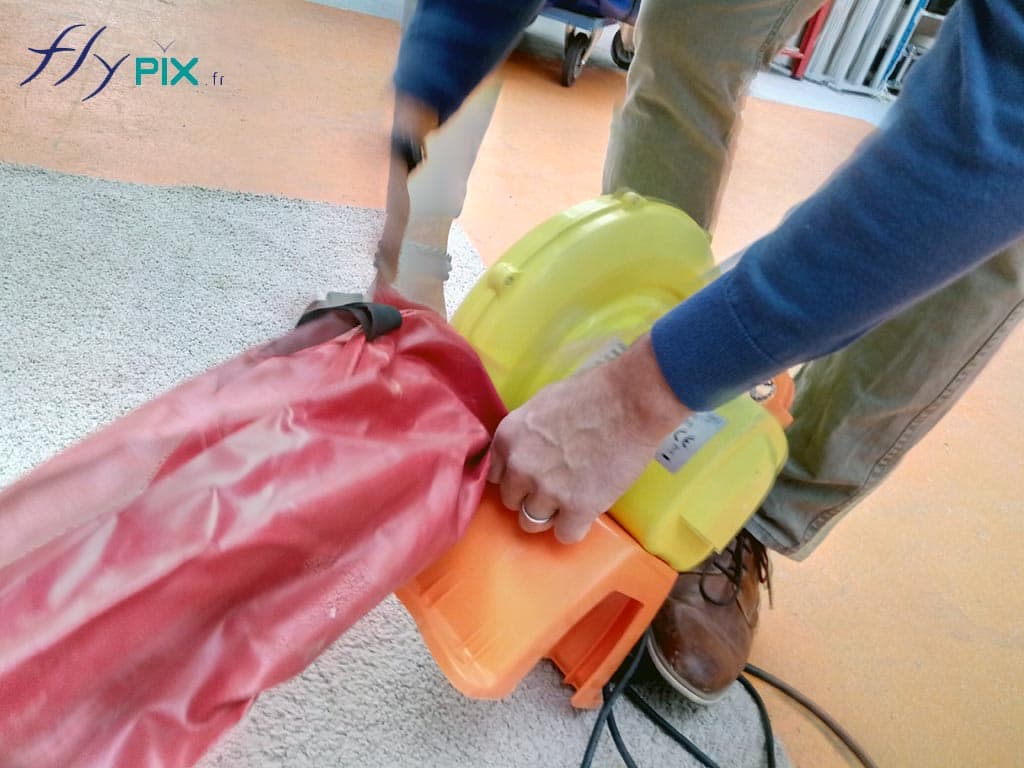
Comparative Analysis of Technologies
- Durability: PVC-based structures offer excellent longevity and resistance.
- Ease of Deployment: Air-captive models require minimal assembly.
- Environmental Control: Ventilated designs excel in heat and humidity regulation.
- Adaptability: Modular components allow integration with other field infrastructure.
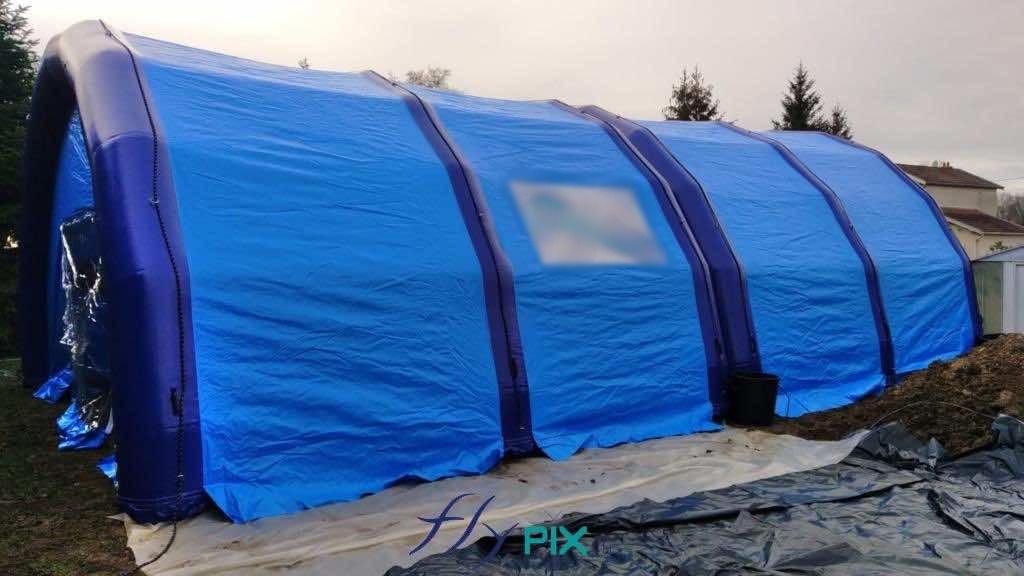
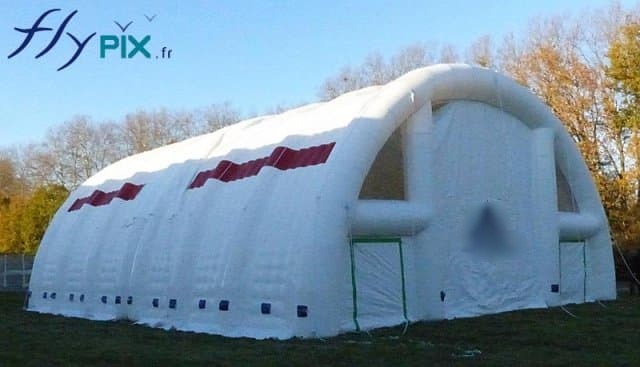
Protection Against Environmental and CBRN Threats
- Shields military equipment from harsh weather, UV exposure, and sandstorms.
- Resistant to chemical, biological, radiological, and nuclear (CBRN) contamination, crucial for safeguarding sensitive assets.
- Provides electromagnetic shielding options for high-value electronic systems.
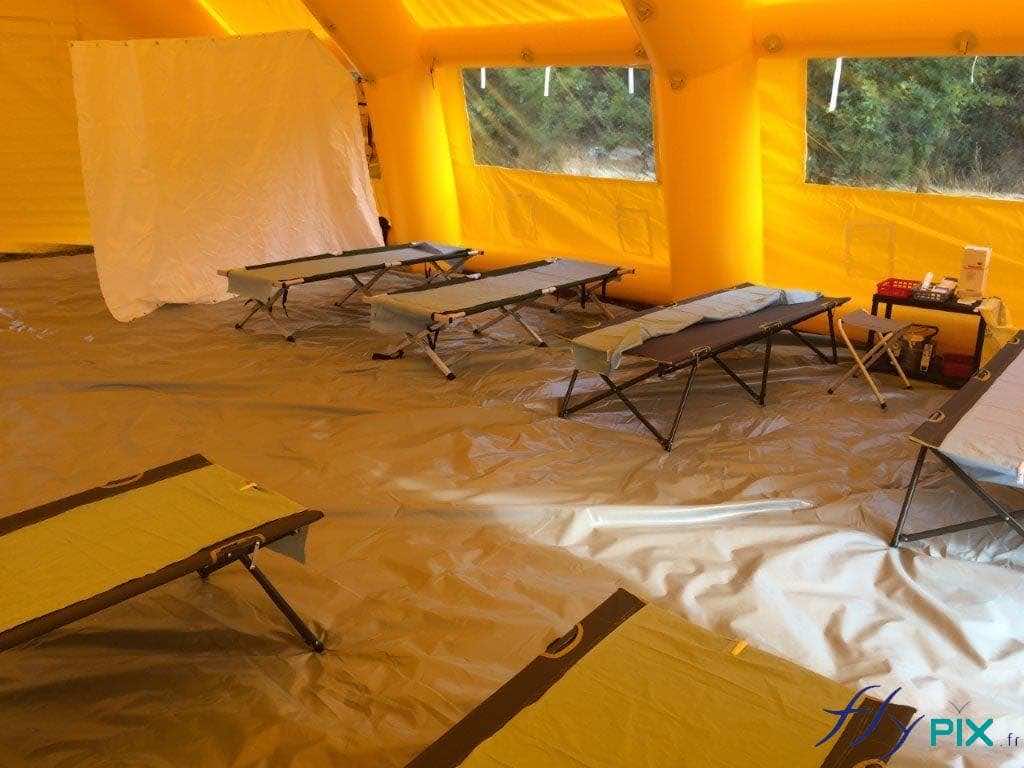
Rapid Deployment and Tactical Mobility
- Can be transported and erected within hours, providing instant operational capability.
- Modular configurations allow customization for different operational needs.
- Enables forward operating bases to establish secure logistics hubs efficiently.

Secure Storage for Sensitive Military Equipment
- Climate-controlled environments ensure the integrity of ammunition, electronics, and precision instruments.
- Reduces wear and tear on vehicles and heavy machinery by protecting them from exposure.
- Limits unauthorized access, enhancing operational security.
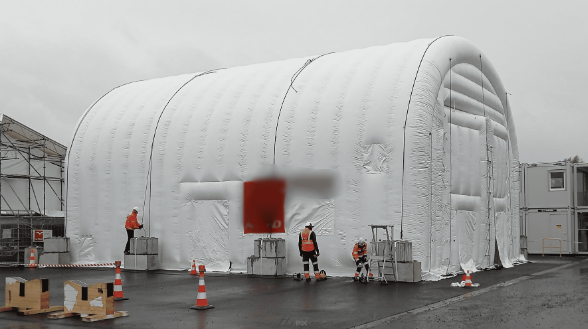
Enhanced Maintenance and Repair Capabilities
- Provides covered workspaces for field repairs and diagnostics.
- Equipped with integrated lighting, power supply, and ventilation for optimal working conditions.

The advent of inflatable shelters marks a transformative leap in addressing the exigencies of modern crises.
These structures—ranging from compact tents for first responders to expansive hangars housing field hospitals—embody a fusion of engineering ingenuity and pragmatic utility.
In scenarios where time is the enemy, and pathogens like viruses or bacteria loom as invisible adversaries, inflatable units offer a swift, robust response.
Their ascent is driven by necessity: traditional brick-and-mortar facilities falter under the strain of rapid-onset disasters or military engagements requiring immediate medical or containment infrastructure.
Historically, emergency shelters relied on cumbersome, rigid frameworks—tents with metal poles or prefabricated modules that demanded significant manpower and time to erect.

Inflatable alternatives, by contrast, leverage airbeam technology or self-contained inflation systems to rise within minutes, a feat that can mean the difference between life and death in a triage scenario.
Their applications span civilian disaster relief, military forward operating bases, and specialized CBRN response units tasked with containing chemical spills or biological outbreaks.
Inflatable shelters, tents, and hangars distinguish themselves through their unparalleled rapidity of deployment, a attribute that renders them indispensable in emergency medical services (EMS), disaster response, and military operations.
Unlike conventional structures requiring hours or days to assemble, these inflatable units can be operational within minutes, a temporal edge that translates directly into lives saved, infections curtailed, and threats neutralized.
